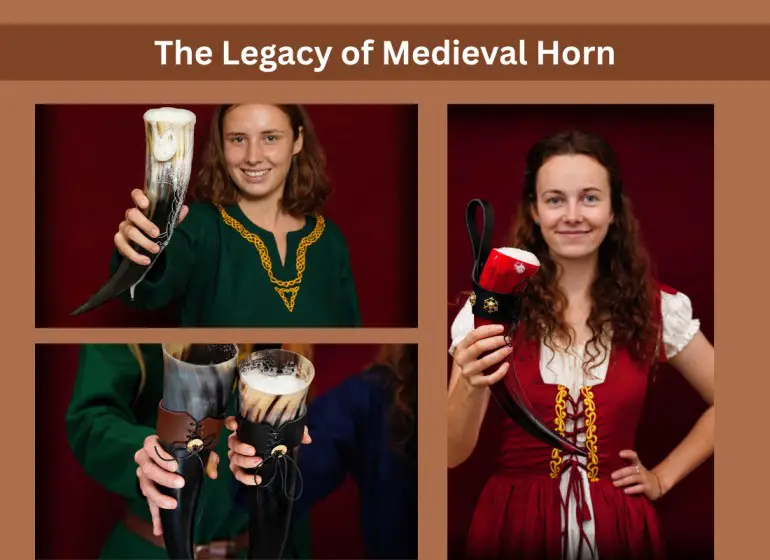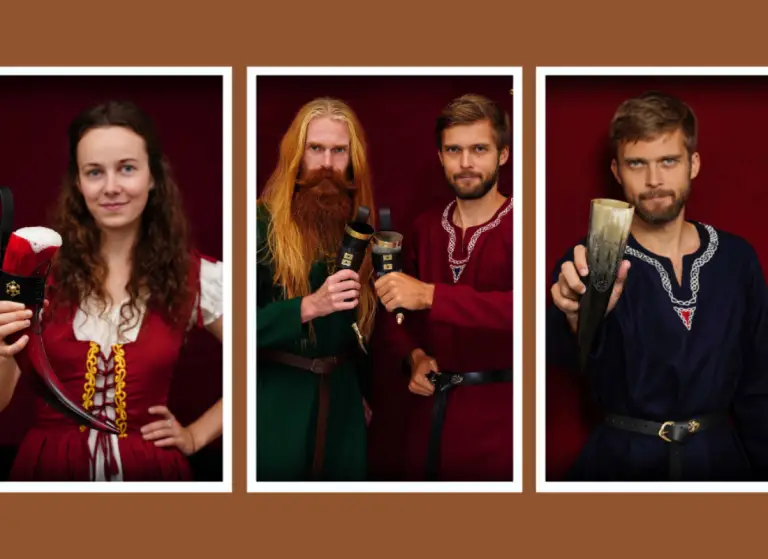Embedded within the tapestry of medieval history, the horn emerges as a resounding symbol of power, prestige, and tradition. Crafted from a variety of materials including horn, ivory, or metal, these ornate artifacts played multifaceted roles across the diverse landscapes of Europe, serving as musical instruments, ceremonial objects, and symbols of authority.
At the heart of medieval society, the horn resonated with both practical utility and symbolic significance. Initially utilized as hunting instruments by nobility to signal their presence and coordinate hunts, horns evolved to embody the essence of medieval chivalry and honor. The blare of a horn could stir both fear and awe, its haunting melody echoing through the forests and fields, signaling both the prowess of the hunter and the might of the lord.
As medieval courts flourished, so too did the prominence of horns within their ceremonial proceedings. The royal courts of Europe resounded with the majestic tones of courtly musicians, whose skilled hands produced melodies that captivated audiences and elevated the atmosphere of grandeur and opulence. Whether accompanying regal processions or heralding the arrival of a monarch, the drinking horn served as a musical emblem of royal authority and grandeur.
The cultural and symbolic importance of Medieval Horn
Beyond its musical prowess, the horn also held religious significance within the medieval context. In Christian liturgy, horns were often used to announce the arrival of important religious figures or to signal pivotal moments in religious ceremonies. Their solemn tones reverberated within the cavernous halls of cathedrals, imbuing the faithful with a sense of divine presence and reverence.
The symbolic power of the horn extended beyond courtly settings, permeating the everyday lives of medieval communities. In rural villages, horns were utilized to announce important events, summon villagers to assembly, or warn of impending danger. Their piercing cries could unite communities in times of celebration or rally them in defense against external threats, forging bonds of solidarity and resilience.
However, as the medieval era gave way to the Renaissance, the role of the horn began to diminish, overshadowed by the emergence of new musical instruments and cultural trends. Yet, its legacy endures, preserved in the annals of history and immortalized in art, literature, and music. Today, the medieval horn stands as a testament to the rich tapestry of medieval life, a relic of a bygone era that continues to captivate the imagination and inspire awe with its timeless beauty and enduring significance.









